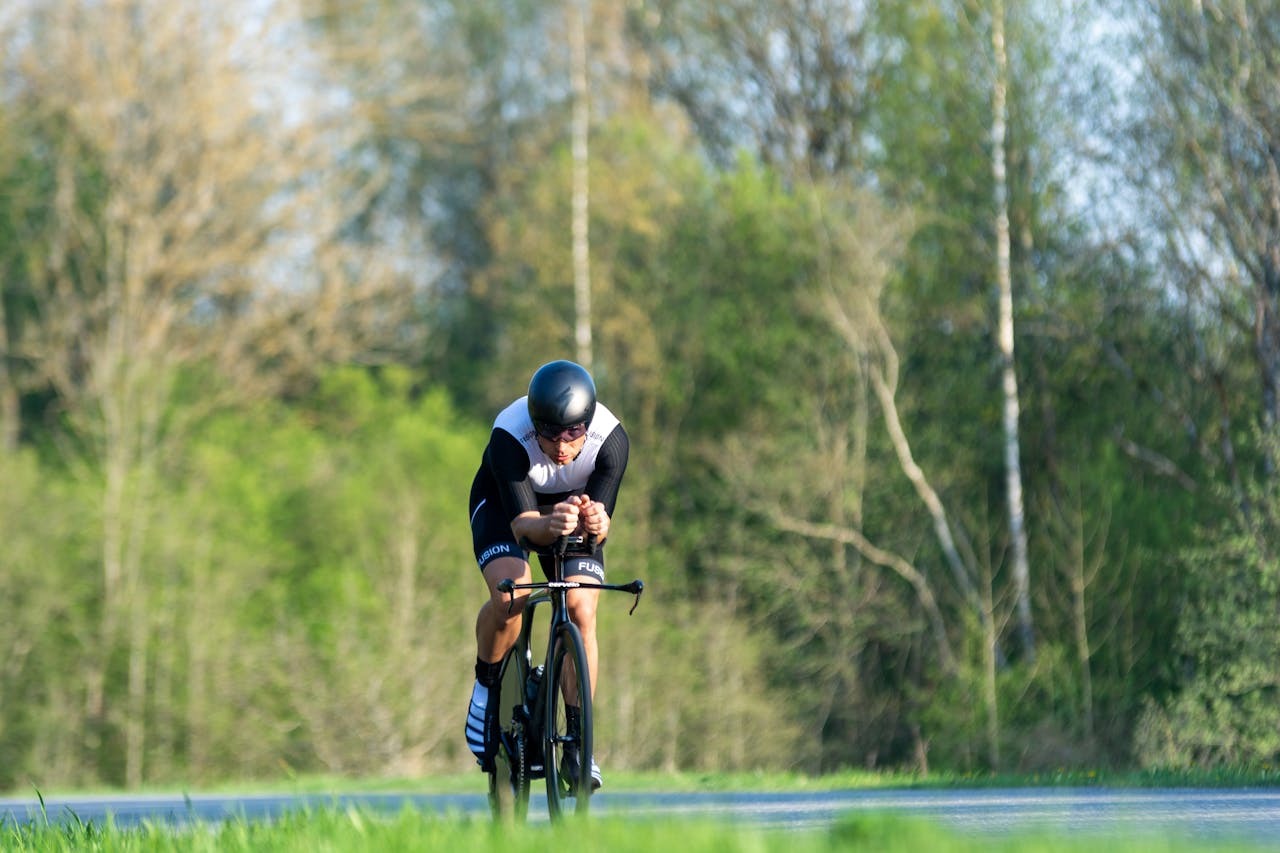Triathlons push athletes to their limits, combining swimming, cycling, and running into a grueling endurance test. This intense activity makes triathletes prone to various injuries, including overuse, acute trauma, and chronic pain. Low-Level Laser Therapy (LLLT) offers a non-invasive, drug-free method to speed recovery, reduce inflammation, and alleviate pain, helping triathletes get back to peak performance faster.
Injuries in Triathletes That Can Benefit from Laser Therapy
- Swimmer’s Shoulder: Overuse injuries from repetitive arm movements in swimming can cause inflammation and pain in the shoulder joint. Laser therapy reduces inflammation and promotes tissue repair.
- Cyclist’s Knee: Patellofemoral pain syndrome or other cycling-related knee injuries can benefit from LLLT by improving circulation and reducing pain.
- Runner’s Knee and IT Band Syndrome: Frequent running can lead to conditions like runner’s knee or iliotibial band (ITB) syndrome. Laser therapy helps by reducing tension, inflammation, and associated pain.
- Achilles Tendonitis: Running or cycling can strain the Achilles tendon. Laser therapy accelerates healing and reduces swelling.
- Plantar Fasciitis: Common among runners, this painful condition in the foot responds well to laser therapy by addressing the inflammation and promoting healing of the plantar fascia.
The Handy Cure Low-Level Laser is an excellent device for triathletes, offering portable and effective treatment for these injuries.
Top 5 Questions About Laser Therapy for Triathletes
1. How Does Laser Therapy Work for Multi-Sport Injuries?
Laser therapy uses low-intensity light to penetrate the skin and target underlying tissues. This light energy stimulates cellular repair, increases ATP production, and enhances blood flow. These effects reduce inflammation, alleviate pain, and promote faster recovery from injuries sustained in swimming, cycling, and running.
2. Is Laser Therapy Safe for Triathletes?
Yes, laser therapy is safe and FDA-approved for pain relief and tissue healing. It is non-invasive and has minimal side effects when used as directed. Devices like the Handy Cure Low-Level Laser are designed for at-home use, making them convenient and effective for athletes.
3. How Often Should Triathletes Use Laser Therapy?
For acute injuries, daily sessions of 5-10 minutes per area are recommended. Chronic injuries may require consistent treatment over several weeks to achieve optimal results. Following the manufacturer’s guidelines or consulting with a healthcare professional ensures proper usage.
4. Can Laser Therapy Be Used for Injury Prevention?
Yes, regular use of laser therapy can help prevent injuries by:
- Reducing muscle tightness.
- Enhancing blood circulation to maintain tissue health.
- Promoting recovery from minor strains before they develop into significant issues.
5. How Does Laser Therapy Compare to Traditional Recovery Methods?
Laser therapy offers several advantages over traditional methods:
- It is non-invasive and drug-free, unlike medications or injections.
- It promotes tissue repair, which ice baths and rest alone cannot achieve.
- Recovery times are faster, enabling athletes to resume training sooner.
Why Triathletes Should Use the Handy Cure Low-Level Laser
The Handy Cure Low-Level Laser is a portable, easy-to-use device tailored for athletes. It provides targeted relief for injuries commonly seen in triathlons and can be used at home or on the go, ensuring consistent treatment without clinical visits.
Triathletes often face a wide range of injuries due to the diverse demands of their sport. Low-Level Laser Therapy offers an effective solution to manage pain, reduce inflammation, and speed recovery. By incorporating devices like the Handy Cure Low-Level Laser into their recovery regimen, triathletes can enhance performance, prevent injuries, and maintain peak condition.
